Eating Plant-Based, Vegan and Vegetarian in Reykjavik, Iceland

(Originally written in July 2010)
I had the chance to spend 5 amazing days in Iceland. I had never really known anything about Iceland or thought to go there before, but I am really really glad we did. Iceland not being known for it’s vegan-friendly cuisine or fresh fruit worried me a little at first, but the benefits of visiting Iceland far outweighed any negatives we encountered.
I thought I’d share with you some of our amazing photos, some info you may not know about Iceland and how you can eat plant-based, raw or vegan should you choose to discover Iceland yourself as well!
Impressions and Interesting Facts of Iceland
Iceland is the 18th largest island and second only in size to Great Britain in Europe. Situated along the mid-ocean ridge of the Atlantic Ocean, Iceland is a geologic “hot zone” with volcanic eruptions, fissure eruptions, shield volcanoes, pillow basalts, glaciers, geothermal features, and more.
There are roughly 320,000 people living all over Iceland with less than half of that concentrated in the capital of Reykjavik.
The Icelandic language has remained relatively unchanged in 1000 years due to their isolation from the rest of the world.
People are friendly to outsiders, but rather shy, since everyone knows each other it is not customary to introduce new friends to people, any newcomers typically introduce themselves.
Icelanders speak English very well and most people are bilingual, but they often believe their English is not very good and are very modest about it. Even your average bus driver speaks English very well which makes travel very easy for a newcomer.
Icelanders read and write more than most countries, they have one of the highest literacy rates and they often prefer reading to television. Iceland has the highest per capita number of artists and writers in the world.
Iceland’s hot water contains sulfur and is piped in from geothermal plants, cold water is fresh glacial water and clean for drinking. Your bathroom will smell like sulfur, but this is ok!
All movies in Iceland are left in the original language and Icelandic subtitles are added for those who do not speak the language or are too young to understand. Children’s movies can be dubbed in Icelandic.
Ice-cream is available EVERYWHERE, gas stations, gift shops and convenience stores sell both soft serve and ice cream bars, there’s also a wide variety of dairy desserts like skyr (skeer, a cheese like pudding flavoured with fruit) available. Many Icelanders seem to eat a lot of dairy and admit to eating ice cream quite often.
No matter where you go in Iceland you always feel like you’re in a small town and the scenery around you is magnificent.
Although Icelanders don’t believe Iceland to be very touristy, you will find free maps, bus schedules and tour information everywhere you go, even in a small isolated town the gas stations will have maps and tour information.
The temperature in Iceland is not as cold as you think it would be since the Gulf Stream brings warm water to the surrounding ocean and geothermal vents and hot water from volcanic activity are present year round. Most of Iceland is heated using geothermal water to heat up fresh water and is piped using thick insulated pipes to all of the towns and main city Reykjavik. The daily temperature in Iceland is usually between 0 and 5 degrees C in the winter, 10 to 15 C degrees in spring and fall and up to 20 degrees C in the summer. Overall it’s a fairly mild climate considering it’s northern latitude.
The colourful Aurora Borealis (Northern Lights) appear from the end of August through the winter, which is a great time to visit and see this spectacular wonder.
Wool is a staple in Iceland for providing warm sweaters, outerwear and socks for year round comfort when venturing outside.
Before the 1900’s most Icelandic houses were built from stone and turf (slabs of grass and soil cut from the ground) and it was not until the invention of concrete that they were able to build more modern and larger buildings.
Most of Iceland is quite sparse when it comes to trees and shrubs since a lot of it has been cut down and used for firewood or building over the years. Many tree planting projects are now in place to help restore the lack of foliage.
Icelanders are more adapted to their climate and 20 degrees C in the summer time is a very hot day in their opinion!
Over 50% of Icelanders will admit that they believe in supernatural beings (ghosts) or “hidden people” aka elves. If something goes missing in Iceland people will often joke that it an elf is to blame. You will often see little colored doors painted on rocks at the base of mountains when you drive by. This is so the hidden people can get back into their homes!
There are heated outdoor pools everywhere, heated by the free geothermal heat provided by the island.
A lot of Icelanders believe they have 100% Viking ancestry, but recent genetics testing has shown than 80% of Icelanders today are descendants of Irish settlers who were brought as slaves (mostly women) when the Vikings first settled Iceland.
While most of the Icelandic diet is based on meat, dairy and bread, there are several vegetarian restaurants, a raw restaurant and a few other restaurants offering vegetarian options in the city of Reykjavik. Outside of the city however, you’re options are basically lacto-ovo vegetarian only as vegetable, cheese and egg sandwiches seem to be the only meal offered for non meat eaters in general. You will find both hard boiled eggs and cheese in almost every sandwich or salad! You can always stop by the grocery store to pick up some fruit such as bananas, oranges or apples though.
Must-See Places in Iceland
The “Golden Circle” – Includes Þingvellir, the waterfall Gullfoss (meaning “golden falls”), and the geothermally active valley of Haukadalur, which contains the geysers Geysir and Strokkur.
The “Blue Lagoon” (www.bluelagoon.com) The Blue Lagoon is a pool of geothermal seawater (2/3 saltwater and 1/3 freshwater). The source of the water is as deep as 2000 meters/6000 feet. The seawater is led directly from its natural source to the Blue Lagoon where guests enjoy bathing enveloped in the warm blue water.
A glacier walk or snowmobile tour. There are many glaciers in Iceland, even in the summer time. Skaftafell Glacier is one of the most popular and you can see the glacier breaking and dropping off into the ocean!
Other Tips For Traveling in Iceland
Find a place in Reykjavik to stay when you first arrive so you can check out the city for a day or two. A lot of places will be advertised to be near Reykjavik so just make sure you know where the hotel is before you go.
If you’re staying more than a few days you’ll more than likely want to check out areas beyond Reykjavik in which case you will want to find a hotel in a central area on the south, west, or northern shore to plan some day trips around. It is too far to drive to most places from Reykjavik to check out all of Iceland.
2 to 3 weeks would be the ideal amount of time to visit if you want to check out everything the island has to offer. It can take over a week just driving around the Ring Road (with stops) just to catch glimpses of how magnificent Iceland is.
A lot of “hotels” are not actually hotels, but guesthouses where people share common rooms like bathrooms, kitchens and living rooms. Most actual hotels are very pricey and luxurious so make sure you research the place you are staying.
Grocery stores are available in Reykjavik and can be seen from the main road in every little town you pass through so you will be able to fill up on necessities before venturing out.
Car rentals are very expensive starting at $188 a day for a small Toyota Yaris. Be sure to decide if you want a vehicle in advance, they can go quickly. You can also just book tours through companies like Iceland Excursions (www.grayline.is) which will pick you up directly from your hotel or a meeting spot in towns outside of Reykjavik.
Vegetarian Restaurants in Reykjavik
Gló
Raw and Vegetarian Food
Rope yoga center, Engjateig 19
Tel: 553-1111
http://www.glo.is/
Mon-Fri 11:30-20:00 and Saturday 11-15
Is the only restaurant that serves raw food, but they also serve some cooked food. Note their website is only in Icelandic. We tried to contact the owner to do an interview with us on what it’s like to be a raw foodist in Iceland, but she wasn’t interested in returning our request. Perhaps it has something to do with her focus on dehydrated and nut based recipes. So we cannot comment more since we did not try the food.
A Naestu Grosu
Vegetarian/Vegan
Laugavegur 20b, Simi
Tel: 354-5528410
Mon-Sat 11.30am-10pm, Sun 5-10pm.
http://www.anaestugrosum.is/
Vegan-friendly, macrobiotic, international, Indian. Buffet style lunch and dinner plates. Seems to very popular, we stopped by and saw it it almost packed and a good variety of salads and vegetable based dishes.
Graenn Kostur
Vegetarian
Skólavörðustígur 8b
Tel: 354-5522028
Mon-Sat 11.30-9.00, Sun 1.00-9.00
Lacto vegetarian options, limited vegan items.
Ecstasy’s Heart-Garden
Vegetarian
Klapparstigur 37
Tel: 354-5612345
Mon-Fri 11:00-17:00, Sat 12:00-17:00, closed Sunday.
Ovo-lacto vegetarian, limited vegan options, some organic, international cuisine.
Madur Lifandi
Health food and Juice Bar
Haedasmari 6, Kopavogur (201)
354-5858710
Fresh juices available as well as health and beauty products.





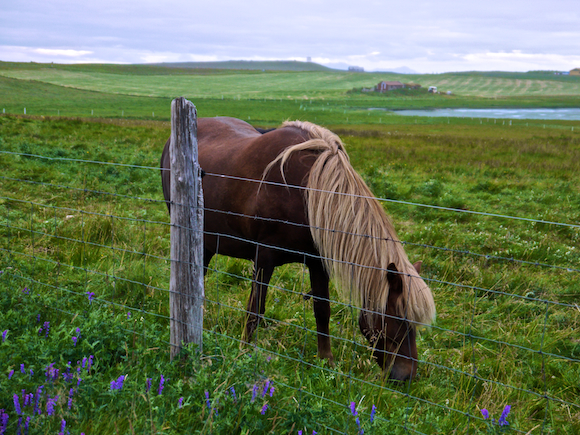
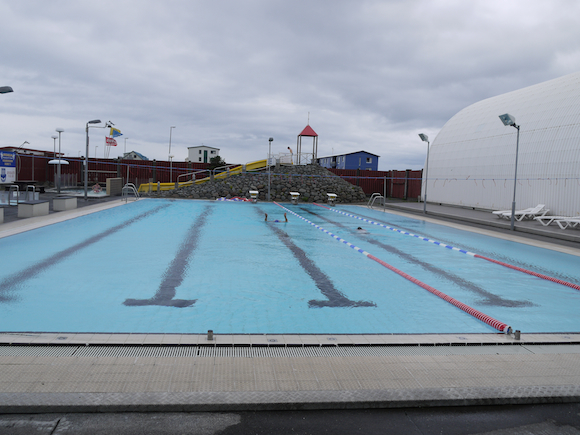
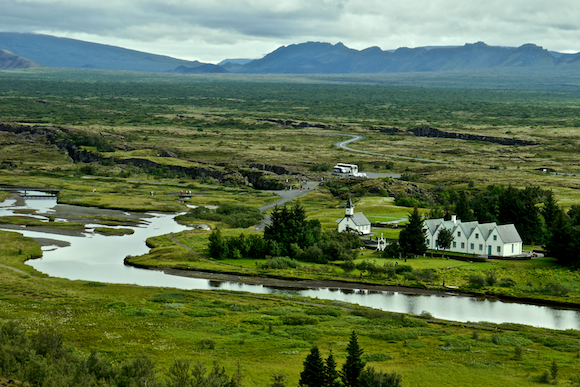


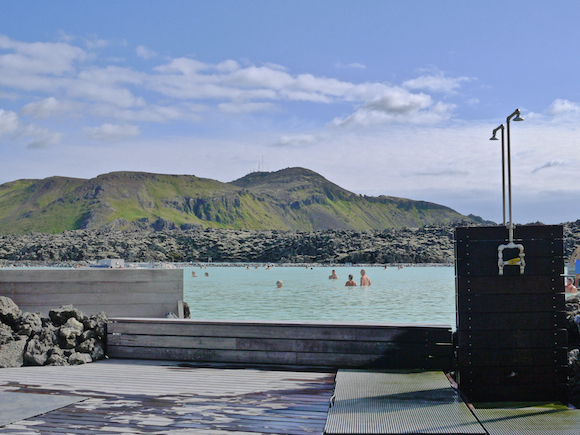

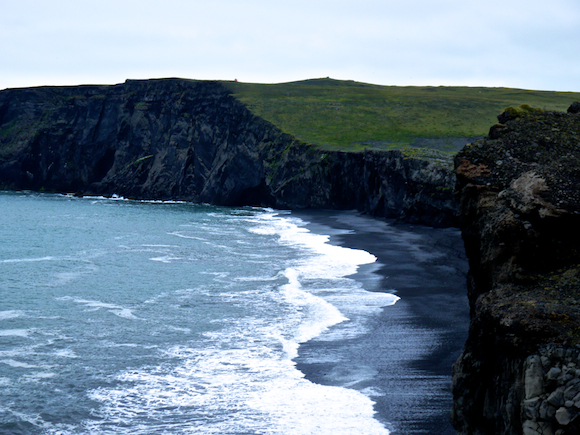
Great post…we are vegetarians and off to Iceland next week. This is really helpful!
Fantastic post!! I’m vegan and will be travelling to Reykjavik this March. I’m looking forward to trying a few of the restaurants you mentioned! 🙂
thank you for sharing beautiful Iceland; we cannot wait to make a trip there.
You’re welcome